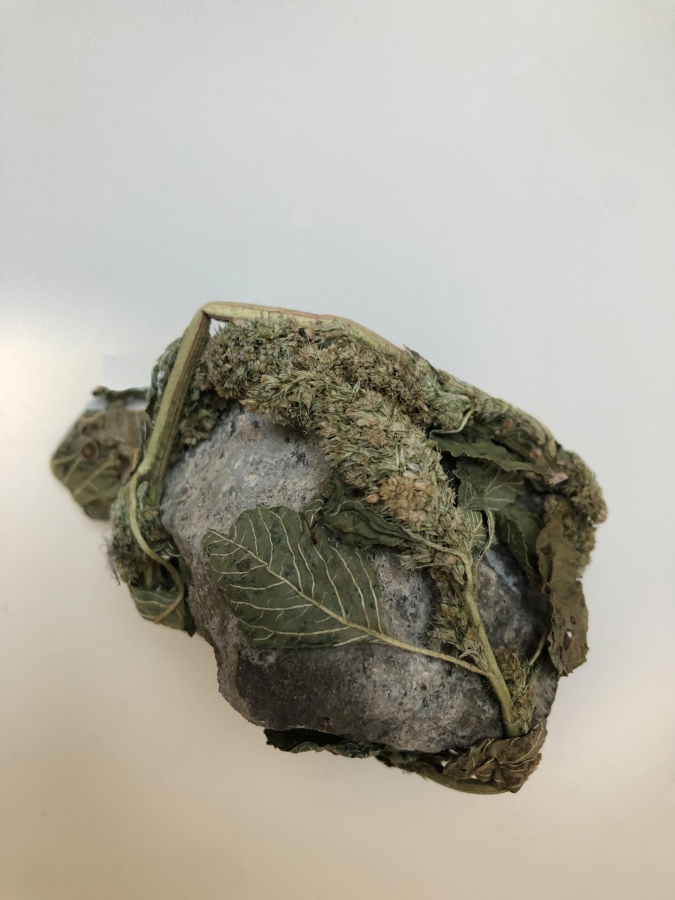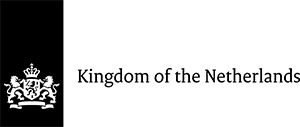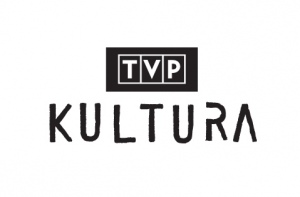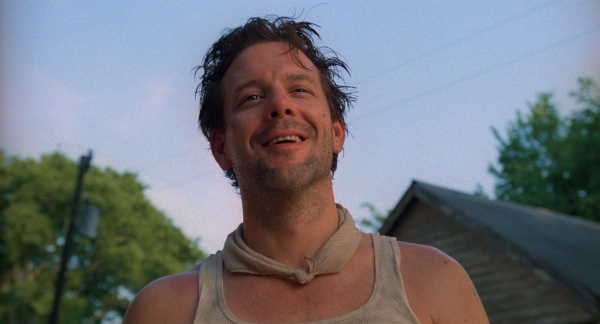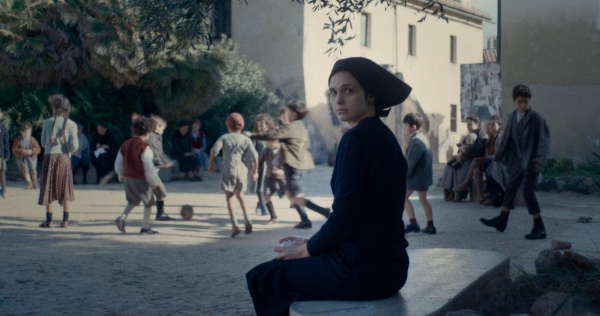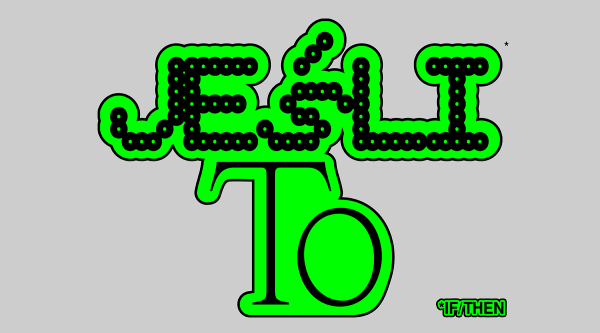27/06—26/10/2025
exhibition
Soil and Friends
- Let's not raise it up; no roots to support.
- Let it rest lying down, decay, and decompose.
- An invasive past – and an old friend – crumbles to dust and ash while filaments tangle in a silent clash.
- From its decay, new alliances form. Nature's cycle, gentle and warm.
- Fuzzy Earth1
-
- Throughout the industrial era, soil was, at best, regarded as self-evident – an unremarkable substrate requiring neither attention nor reverence, often invisible or associated with impurity. Today, however, we are increasingly aware that soil, much like the ocean, remains an underexplored frontier, despite its ubiquity beneath our feet. Far from inert, it teems with innumerable life forms and transformative, life-giving processes. The prevailing perception of soil has been intentionally manipulated to enable its reduction to an object, a commodity, and a vehicle for speculation – just like animals, plants, water, and other living entities. This is why this exhibition focuses on those who are well aware of the repercussions of irresponsible soil management – we refer to them as friends and invite you to listen to their narratives. They are not solely human but include a multitude of organisms intricately entangled in the fabric of terrestrial existence. We are interested in the intertwined trajectories of plants, humans, and non-human life forms, in diverse modes of cohabiting and experiencing the world, and in the fertile intersections between artistic practice and the acts of cultivation and care for the land.
- Before its widespread commodification, access to soil was considered a basic human right – and ought to be upheld as such today, not only for humans but also for non-human entities. Ecofeminist thinkers such as Vandana Shiva use the concept of “earth democracy” as an inclusive vision that affirms the rights of all forms of life while resisting the systemic exploitation of the Earth and its resources. The 1998 Rome Statute of the International Criminal Court originally recognized three, and later four, core crimes against peace: genocide, crimes against humanity, war crimes, and, following a 2010 amendment, the crime of aggression. It is now imperative to expand this list to include ecocide– a crime against the planet itself – as advocated by organizations such as Stop Ecocide International. They argue that acts causing severe environmental harm should be prosecutable under international law: “Ecocide law provides a route to justice for the worst harms inflicted upon the living world2 in times of both peace and conflict, whenever and wherever they are committed. Criminalisation of ecocide creates enforceable accountability for these key decision-makers, so that where there is a threat of severe and either widespread or long-term damage, the dangers will be better researched and taken very seriously.”3
- The exhibition Soil and Friends does not confront the viewer with harrowing images of soil degradation or planetary devastation at the hands of humankind – though such realities must be unequivocally acknowledged when discussing the ongoing war in Ukraine, the Israeli-Palestinian conflict, the large-scale deforestation of ancient forest ecosystems, or the extractivist agendas pursued by both Russian and American powers. Instead, this project gathers narratives of planetary solidarity and kinship between humans and soil. We have invited those with whom we, as curators and institutions, share an affinity – an alignment of values and sensibilities. These relationships, founded on more-than-familial bonds, are vital for cultivating resilience in the face of the demands imposed by a regenerative ethics toward the Earth. As Gavin Van Horn writes: “We live in an astounding world of relations. We share these ties that bind with our fellow humans, and we share these relations with nonhuman beings as well. From the bacterium swimming in your belly to the trees exhaling the breath you breathe, this community of life is our kin, and for many cultures around the world, being human is based upon this extended sense of kinship.”4
- Within the field of contemporary art, we may already speak of a discernible turn toward soil and regeneration. Numerous artists today combine their practices with gardening, pastoralism, activism, and ecological stewardship. They engage with permaculture, silvopasture, syntropic farming, or biodynamic agriculture. For some, the decision to abandon art altogether in favor of agriculture or horticulture becomes an artistic – or existential – choice. Others explore new forms of (co)working with the natural world. This exhibition is dedicated to them, even if it cannot encompass the full breadth of their practices. We believe that regenerating the soil holds the key to salvaging the planet, as the Australian soil microbiologist and co-founder of Regenerate Earth, Walter Jehne, compellingly and rigorously argues.
- Jehne’s theory centers on the replication of processes that occur naturally during soil formation – processes that humankind must now deliberately undertake, having disrupted the planetary systems through extractivism, deforestation, and other ecologically damaging interventions. These disruptions have impaired the Earth’s large-scale water cycles and contributed to global warming. It is no longer feasible to entrust this correction solely to nature – collective, coordinated action is imperative. The solution lies in pedogenesis: the microbiological transformation of plant root exudates and organic detritus into stable soil carbon. If the planet’s current population of over eight billion is to remain nourished and hydrated, it must emulate natural systems and adopt regenerative agriculture and forestry on a global scale. This will give rise to what Jehne terms a “sponge” – a porous soil structure capable of retaining substantial volumes of water. Jehne demonstrates that the reduction of atmospheric CO₂ alone is insufficient to resolve the climate crisis. What is needed is the restoration of disrupted hydrological cycles, achieved through regenerative land management, the revival of traditional grazing practices, and large-scale reforestation. He insists that such transformation is not beyond our reach; it simply requires that we begin to act: “These hydrological processes still govern 95% of the heat dynamics of the blue planet. Restoring the processes we have impaired is now our only means to safely cool the climate. This outcome can now only be achieved via global grassroots community action to draw down carbon to regenerate the Earth’s soil carbon sponge, its hydrology, and bio-systems. Global and national policies must provide these grassroots communities with the certainty and incentives they need to be able to invest in such mass regenerative action.”5
- Many narratives shared by scientists, farmers, environmentalists, and technologists culminate in variations of Auke Hoekstra’s assertion: “The fact that we could solve our climate problems using better technology, does not mean that we will.”6 A leading researcher in renewable energy and director of the NEON research program, Hoekstra argues with conviction that a global transition to renewable energy is not only technologically feasible, but essential for mitigating the damage inflicted by existing energy systems and for securing equitable access to energy. The means are available; what is lacking is their large-scale implementation through effective governance. At the same time, what is a more embodied, experiential engagement with the world. Palestinian artist, storyteller, researcher, gardener, conservationist, and founder of the Palestine Heirloom Seed Library, Vivien Sansour, expresses this imperative with poetic clarity: “Let’s eat our history rather than store it away as a relic of the past.” Cultural ecologist and geophilosopher David Abram reminds us that “only with the advent and spread of phonetic writing did the rest of nature begin to lose its voice.”7 He urges us to “write language back into the land.”8
- Soil can guide us in reawakening sensory modalities that have been forgotten or never cultivated. How might we enter into relation with these elusive, invisible companions responsible for the microbiological vitality of soil and the subterranean networks of interdependence? Who are these friends? Poet, farmer, and educator Scott Chaskey offers an answer in his book Spirit and Soil: “The five main types of microbial life – archaea, bacteria, fungi, protists, and viruses – are incredibly adaptable and exist everywhere in various forms. It is estimated that one half of the weight of life on earth is made up of microbes... You might argue if we can call them friends, and it is indeed a legitimate comment. And we believe we can, even beyond our individual lives when they carry us underneath to involve us in the eternal flux of transformation. As long as we live, we can call them friends, I guess.”9
- Soil is neither invisible nor silent, as one may discover both outdoors and within the exhibition. While not everyone physically touches soil or observes it with care, nearly all have encountered fields of vegetation or animals grazing in pastures – living indicators that speak volumes about the soil beneath. Plants are eloquent narrators; they reveal the qualities of the soil in which they grow and testify to the life it harbours. The health of plants and animals offers critical insight into this dark, fertile matter. We must attune ourselves to their messages and share knowledge. Myths have long served this function. Take, for instance, those reinterpreted through the lenses of queer ecology and arboreal feminism by Canadian writer and environmental humanities scholar Catriona Sandilands, such as the Greek myth of Daphne, who transforms into a laurel tree in an act of resistance and self-preservation against Apollo’s sexual violence.
- Human survival is inextricably tied to the earth as a source of sustenance, shelter, and livelihood. Yet the vast majority of the world’s population, particularly the most marginalised, are denied legal control over it. Women, for example, constitute less than 20 percent of landowners globally and are often excluded from unmediated, autonomous land rights. Land, therefore, is inherently a feminist issue, and storytelling becomes an act of solidarity – a form of resistance that aligns with feminist-soil struggles for food sovereignty, the rights of rural labourers, and the dismantling of patriarchal systems of land use.
- Marianna Dobkowska and Edith Jeřábková
- Human survival is inextricably tied to the earth as a source of sustenance, shelter, and livelihood. Yet the vast majority of the world’s population, particularly the most marginalised, are denied legal control over it. Women, for example, constitute less than 20 percent of landowners globally and are often excluded from unmediated, autonomous land rights. Land, therefore, is inherently a feminist issue, and storytelling becomes an act of solidarity – a form of resistance that aligns with feminist-soil struggles for food sovereignty, the rights of rural labourers, and the dismantling of patriarchal systems of land use.
-
- [1] Fuzzy Earth is the creative studio of Tekla Gedeon and Sebastian Gschanes, combining art, architecture, horticulture and research to shape spaces, objects and experiences that inspire us to rethink how we live with nature.
- [2] Chemical disasters, massive deforestation, destruction of endangered species or habitats and severe water and land pollution.
- [3] https://www.stopecocide.earth/ecocide-law, access date: 14/03/2025.
- [4] Gavin Van Horn, Kinship: Belonging in a World of Relations, Wstęp, Center For Humans And Nature 2021.
- [5] Walter Jehne, Regenerate Earth. The practical drawdown of 20 billion tonnes of carbon back into soils annually, to rehydrate bio-systems and safely cool climates, Healthy Soils Australia. Written for Breakthrough Strategies’ Sequestering Carbon in Soil Addressing the Climate Threat Conference in Paris, May 2017.
- [6] Auke Hoekstra, The Renewables Solution, Planet: Critical, podcast, 31/10/2024.
- https://open.spotify.com/episode/5yQdH13BsZHS1R9iGXWgHl?si=fe2cc96919db458c&nd=1&dlsi=730bd2932dd44051, access date: 14/03/2025.
- [7] David Abrams, The Spell of the Sensuous, 1997.
- [8] Scott Chaskey, Soil and Spirit, Cultivation and Kinship in the Web of Life, Milkweed Editions 2023.
